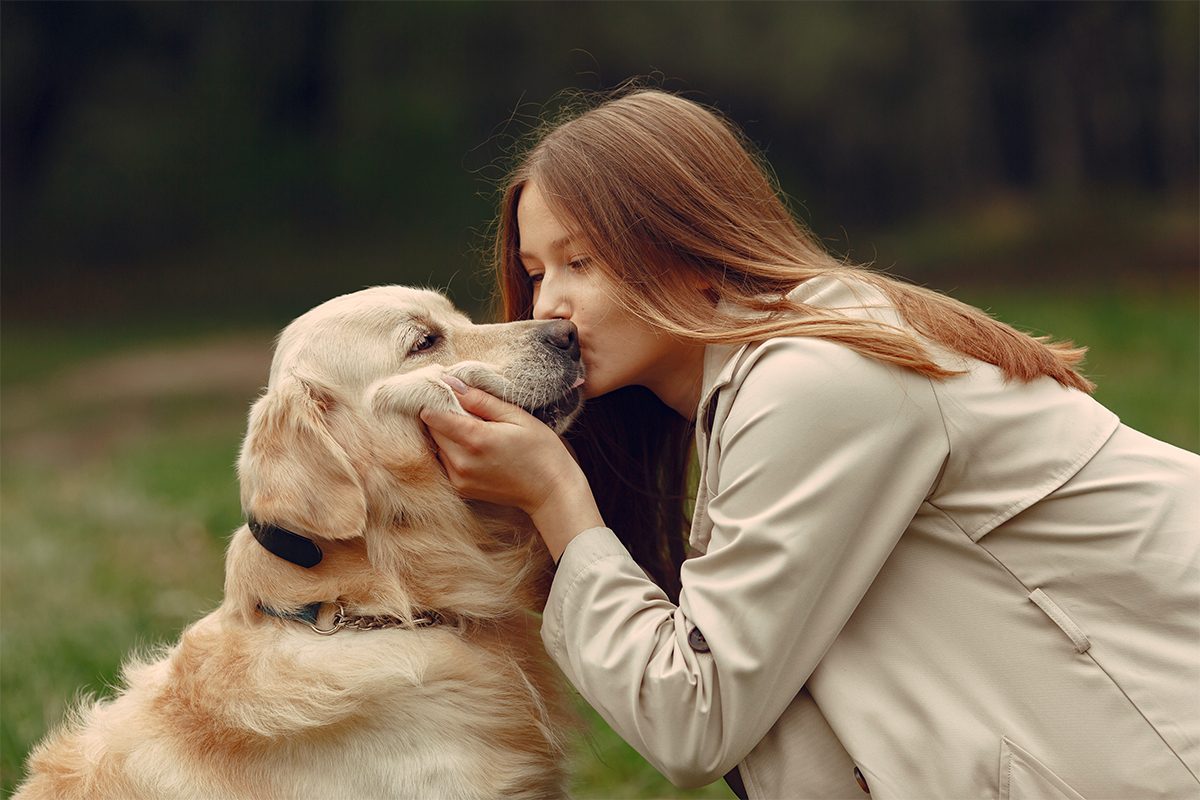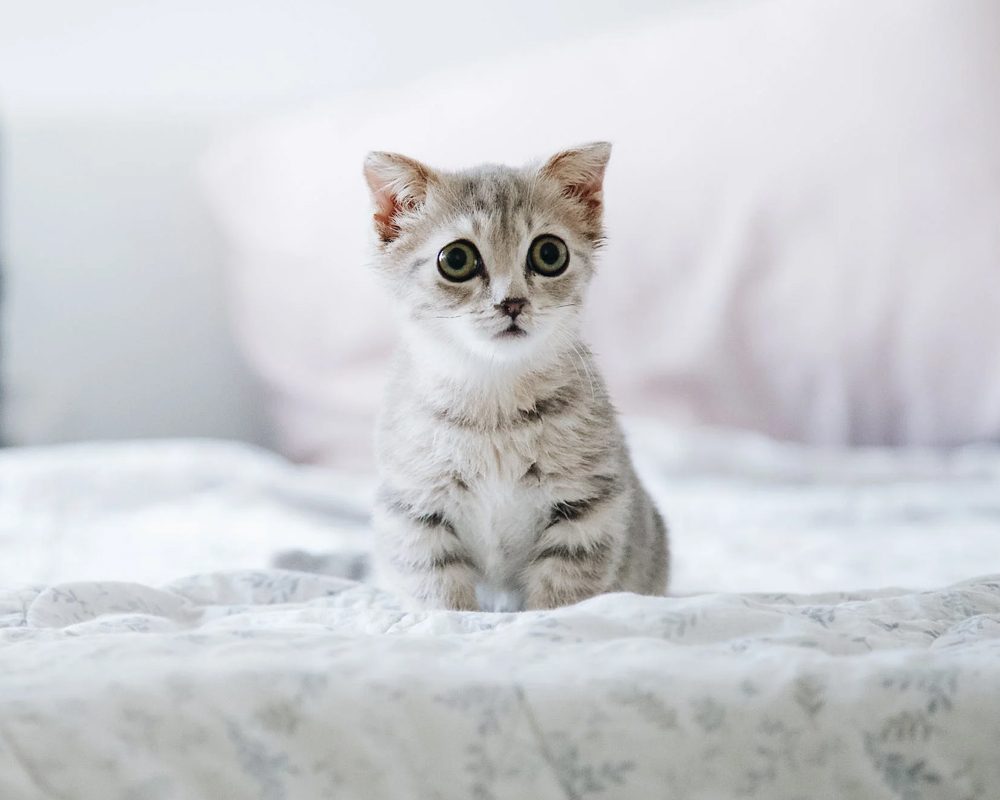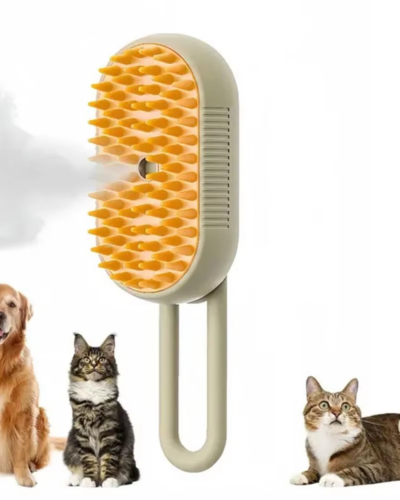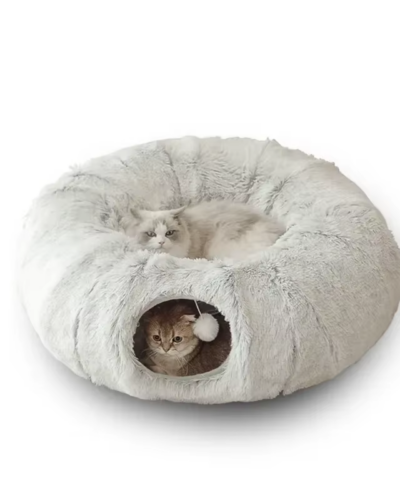Free delivery for orders over £45
The Love Language of Pets: Understanding Feline and Canine Affection

Introduction
“There are no ordinary cats,” said Colette, capturing the essence of how unique and expressive our pets can be.
From the gentle nudge of a cat’s head to the exuberant wagging of a dog’s tail, the love language of pets is rich and varied.
Understanding how cats and dogs express their affection helps deepen our bond with them, enriching both our lives and theirs.
This article delves into the ways pets communicate love, and the science behind their affectionate behaviors, and offers practical tips for strengthening these special bonds.
1: The Science of Pet Affection
The bond between humans and pets, particularly cats and dogs, is supported by fascinating biological and psychological mechanisms.
When pets and their owners interact positively, both experience a surge in oxytocin, often called the “love hormone.”
This hormone fosters feelings of warmth and attachment, much like it does in human relationships.
Studies have shown that petting a dog or cat can significantly reduce cortisol levels, a primary stress hormone, while simultaneously boosting levels of serotonin and dopamine, which are linked to feelings of happiness and well-being.
This dual effect of reducing stress and increasing happiness explains why pet owners often describe their pets as a source of emotional comfort and joy.
Dr. Stanley Coren, a well-known dog expert, explains, “Dogs have evolved alongside humans for thousands of years, developing ways to communicate and bond with us in ways that are incredibly nuanced and emotionally powerful.”
2: How Cats Show Affection
Cats are often perceived as aloof, but they have unique and subtle ways of showing their love.
Understanding these behaviors can help cat owners appreciate the depth of their feline friend’s affection.
- Purring: One of the most recognizable signs of a cat’s contentment and affection is purring. When a cat purrs while sitting on your lap, it’s expressing comfort and happiness.
- Head-Butting: Also known as “bunting,” this behavior is a way for cats to mark you with their scent, signifying that you are part of their territory and thus, part of their family.
- Slow Blinking: When a cat looks at you and slowly blinks, it’s a sign of trust and affection. This “cat kiss” can be reciprocated by slowly blinking back.
- Kneading: Often referred to as “making biscuits,” kneading is a comforting behavior that dates back to kittenhood when they kneaded their mother’s belly for milk.
Personal stories often highlight these behaviors.
Emily, a cat owner, shares, “My cat, Whiskers, has a habit of slow blinking at me every morning.
It’s our special moment, and it feels like she’s telling me she loves me in her own way.”
3: How Dogs Show Affection
Dogs, known for their loyalty and expressiveness, have a variety of ways to show their love and affection.
- Tail Wagging: A wagging tail is a classic sign of a dog’s happiness and affection. The speed and direction of the wag can also convey different emotions.
- Licking: Dogs often lick their owners to show affection. This behavior can be traced back to their wild ancestors, where licking was a sign of submission and bonding.
- Leaning: When a dog leans against you, it’s seeking comfort and security. This gesture signifies trust and affection.
- Bringing You Toys: Offering toys or other objects is a way for dogs to show they want to play and bond with you.
John, a dog owner, recalls, “Every time I come home, my dog Max brings me his favorite toy.
It’s his way of saying he missed me and wants to spend time together.”
4: Benefits of Recognizing Pet Affection
Understanding and recognizing pet affection has numerous benefits for both pets and their owners:
- Stronger Bond: Recognizing how pets show love can strengthen your relationship, leading to a more harmonious and fulfilling companionship.
- Improved Mental Health: Interacting with pets in meaningful ways can reduce stress, anxiety, and depression.
- Enhanced Communication: Being attuned to your pet’s affection helps improve overall communication and responsiveness to their needs.
- Increased Well-Being: The emotional support provided by pets can lead to a greater sense of well-being and happiness.
Research from the American Heart Association suggests that pet ownership, particularly dog ownership, is associated with a reduced risk of heart disease, likely due to increased physical activity and stress reduction.
5: Tips for Encouraging and Responding to Pet Affection
Here are some practical tips to encourage and respond to your pet’s affectionate behaviors:
- Positive Reinforcement: Reward affectionate behaviors with treats, praise, or playtime to reinforce the bond.
- Quality Time: Spend dedicated time each day interacting with your pet. This could be through play, grooming, or simply cuddling.
- Understand Their Language: Learn to read your pet’s body language and vocalizations to better understand their needs and feelings.
- Consistent Routine: Pets thrive on routine. Maintaining a consistent schedule for feeding, walking, and playtime helps them feel secure and loved.
6: Common Misinterpretations and How to Avoid Them
Misunderstanding pet behavior can lead to frustration for both the pet and the owner.
Here are some common misinterpretations and tips to avoid them:
- Aggressive Play: Sometimes playful behaviors, such as biting or scratching, are mistaken for aggression. Understanding the context and using positive reinforcement can help redirect these behaviors.
- Ignoring Affection: Not recognizing subtle signs of affection, like a cat’s slow blink or a dog’s lean, can make pets feel unappreciated. Paying attention to these cues strengthens the bond.
- Misreading Body Language: Misinterpreting a wagging tail or a purr as solely a sign of happiness can be misleading. Learning the full range of body language helps provide better care and understanding.
Dr. Sophia Yin, a veterinarian and animal behaviorist, advises, “Educating yourself about your pet’s body language and behaviors is crucial.
It not only prevents misunderstandings but also fosters a deeper, more empathetic relationship.”
Conclusion
The love language of pets is rich and varied, filled with unique behaviors that signify trust, affection, and companionship.
By understanding how cats and dogs express their love, we can deepen our bonds with them and enhance our mutual well-being.
Whether it’s the gentle purr of a contented cat or the enthusiastic wag of a dog’s tail, recognizing and responding to these gestures is a rewarding experience for both pets and their owners.
As you continue to nurture your relationship with your pet, remember the words of Roger Caras: “Dogs are not our whole life, but they make our lives whole.”
Take a moment to appreciate the love language of your pet today, and share your own experiences and stories in the comments section.
Together, we can celebrate the unique and unbreakable bonds we share with our furry friends.
Contact Us
- +44 07391626201
- info@promotepet.com
- 16, Cromwell Close - Oxford - UK
COPYRIGHT © PROMOTE PET. ALL RIGHTS RESERVED. © 2024 Chofard Enterprise Ltd. Chofard Enterprise is a company registered in England and Wales with a company number 13073779 VAT number GB 370644889. 16, Cromwell Close, Oxford OX30RW, United Kingdom – trading as Promote Pet Online Shop.








